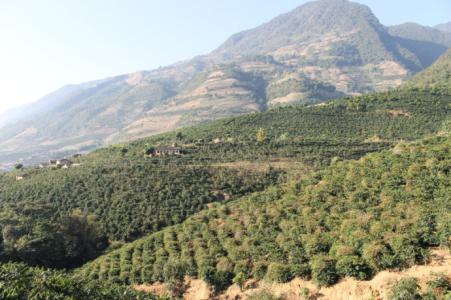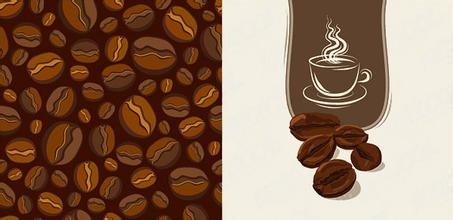Brief introduction of flavor description and taste quality of Brazilian Minas coffee beans
Brief introduction of flavor description and taste quality of Brazilian Minas coffee beans
Brazil has 2 million hectares of land for growing coffee, the largest of which is Arabica. These beans will eventually be sent to large bakers in various countries, known as Santos (in the name of the port of export santos, not the producing area). Because of the coffee competition after 2000, the quality of coffee beans produced in the high-altitude areas of the south was appreciated, mainly by the farms around the Minas platform. Coffee quality is also the largest among Brazilian beans, such as Syracuse in the west of Minas and Matas in the east, Bashiya in the north or small farms in the south. Minas has almost become synonymous with Brazilian boutique coffee. In recent years, the coffee competition is accurate to be separated by treatment (water treatment / half-washing / half-sun / sun-drying), which has developed a variety of flavors, taste and finish, which is quite different from traditional Brazilian coffee. In particular, the half-sun method and the sun method performed best, the aroma of clean and low-acid fruit increased, so that the strong chocolate flavor reduced the farm coffee picking without the use of machines.
According to this standard, the producing areas of Brazil can also be divided into five grades:
Extremely meek: South Minas, Serrado platform in the central and western part of Minas / Mojiana / Bahia Diamond Plateau in northeastern Sao Paulo province
Supple: slightly higher in Bahia / Minas southeast forest / Parana / San Espiritu (mausoleum) / central and western S ã o Paulo
A little softer: East and northeast of Minas
Not easy to read: Espiritu Santo / Parana (low altitude)
Iodine choking: slightly lower southeast of Minas / Espiritu Santo (flat)

Important Notice :
前街咖啡 FrontStreet Coffee has moved to new addredd:
FrontStreet Coffee Address: 315,Donghua East Road,GuangZhou
Tel:020 38364473
- Prev

Brief introduction of grinding scale for taste and flavor description of Colombian Huilan coffee
Like https://www.gafei.com/gelunbiya/2016110284052.html Colombia, although Colombia has high-quality coffee, it is not necessarily high-quality coffee from Colombia, for huila producing areas, huila is an important producing area, but not all from huila are high-quality beans, but there are indeed many producers, with the help of huila.
- Next

Introduction to the flavor and taste of Costa Rican Faramie coffee
Flavor characteristics of Costa Rican Faramie Coffee introduction Tarazhu Cooperative has 26 member estates. Among them, Raminita Manor, which is one of the most famous coffee farms in Tarazu. Raminita produces about 1 million pounds of coffee beans a year. After carefully selecting and removing defects, only 15% of the coffee beans can bear the imprint of Raminita Manor.
Related
- Detailed explanation of Jadeite planting Land in Panamanian Jadeite Manor introduction to the grading system of Jadeite competitive bidding, Red bid, Green bid and Rose Summer
- Story of Coffee planting in Brenka region of Costa Rica Stonehenge Manor anaerobic heavy honey treatment of flavor mouth
- What's on the barrel of Blue Mountain Coffee beans?
- Can American coffee also pull flowers? How to use hot American style to pull out a good-looking pattern?
- Can you make a cold extract with coffee beans? What is the right proportion for cold-extracted coffee formula?
- Indonesian PWN Gold Mandrine Coffee Origin Features Flavor How to Chong? Mandolin coffee is American.
- A brief introduction to the flavor characteristics of Brazilian yellow bourbon coffee beans
- What is the effect of different water quality on the flavor of cold-extracted coffee? What kind of water is best for brewing coffee?
- Why do you think of Rose Summer whenever you mention Panamanian coffee?
- Introduction to the characteristics of authentic blue mountain coffee bean producing areas? What is the CIB Coffee Authority in Jamaica?

